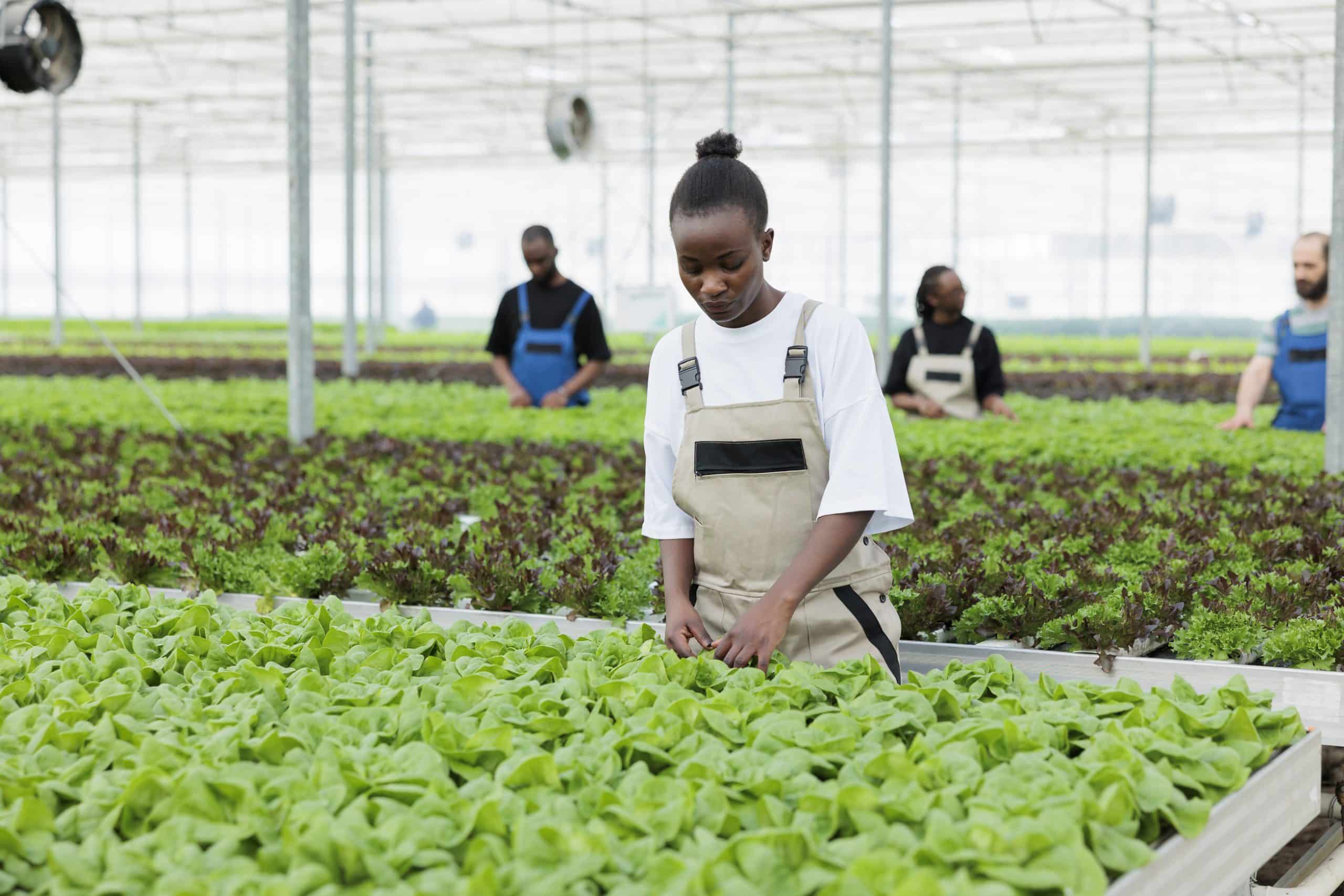What’s the Best Method for Creating a Drought-Resistant and Pet-Friendly Lawn?

In this era of changing weather patterns and water restrictions, managing a lush and green lawn can be a challenge, especially for those with a dog or two to consider. Between the need to conserve water and wanting to create a space your pets can enjoy, it can be tricky to find the right balance. So, how do you maintain that coveted green space in your yard, without compromising your commitment to the environment or your pet’s well-being? We’ll explore several methods to create a drought-resistant and pet-friendly lawn that combines the best in water conservation, grass variety selection, and outdoor landscaping design.
Choosing the Right Grass
The first step to creating a drought-tolerant lawn is choosing the right kind of grass. Not all grass varieties are created equal, and some are much better suited to withstand the rigors of drought and frequent use by pets. These grass types have deep roots and are naturally resilient, making them an ideal choice for a low-maintenance, pet-friendly lawn.
A lire également : How Can You Design a Butterfly Garden That Attracts Local Species?
Consider alternatives to common turf grasses like Kentucky Bluegrass, which may require more water and maintenance. Drought-tolerant grass varieties such as Bermuda grass, Buffalo grass, Zoysia grass, or Fescue grass are great options. They stay green with less water and can withstand the vigorous play of dogs.
Choosing the right grass is essential for water conservation in the garden. Drought-tolerant grasses require less water, reducing the amount of water needed to keep your lawn healthy and green. This not only helps conserve water during times of drought but also keeps your water bills low.
Dans le meme genre : What Are the Most Effective Water Filtration Systems for a Family Household?
Watering Practices and Irrigation Systems
Watering practices also play a key role in maintaining a drought-resistant, dog-friendly yard. This includes both the timing and method of watering.
Deep, infrequent watering encourages the grass to grow deep roots, making it more resistant to drought. The best time to water your lawn is early in the morning, when evaporation rates are the lowest. This ensures that most of the water gets absorbed by the grass and doesn’t simply evaporate in the midday heat.
Consider investing in a water-efficient irrigation system, like a drip irrigation system or soaker hoses, which delivers water directly to the root zone of your plants. This reduces water waste and ensures that your plants get the moisture they need, where they need it most.
Incorporating Drought-Tolerant Plants
Incorporating drought-tolerant plants into your landscaping design is another effective way to create a pet-friendly, water-conserving yard. These plants need less water to survive and can add beauty and variety to your landscape.
Native plants, those that naturally grow in your region, are typically the best choice, as they are acclimated to the local climate and require less water and care than non-native species. Succulents, lavender, rockrose, and sage are just a few examples of drought-tolerant plants that can thrive in a water-efficient garden.
Remember to choose pet-friendly plants to ensure your garden is safe for your furry friends. For instance, many common plants including lilies, azaleas, and yew are toxic to dogs.
Considering Artificial Turf
For those who live in areas with extreme drought conditions or who simply don’t want to deal with the maintenance of a real lawn, artificial turf can be an excellent option. Today’s artificial turf looks and feels remarkably similar to real grass and provides a durable, low-maintenance surface that is perfect for pets.
Artificial turf is designed to drain water efficiently, eliminating the problem of muddy paws and dirty dogs. Additionally, it can stand up to the wear and tear of active dogs better than real grass can.
However, it’s important to note that artificial turf can become hot in direct sunlight, which may be uncomfortable for your pets. Look for pet-friendly options that are heat-resistant and designed to keep your pets cool and comfortable.
Balancing Lawn with Hardscaping
Hardscaping is another method to reduce water usage in your yard while providing a pet-friendly outdoor space. This involves using decorative stones, gravel, concrete, or other non-living elements in your garden design.
Hardscaping can create pathways, patios, or play areas for your pets that require zero water. Moreover, it allows you to introduce different textures and colors to your landscape, providing visual interest and variety.
However, care should be taken to choose hardscaping materials that are comfortable for your pets to walk on, and won’t become too hot in the sun. Incorporating shade elements like pergolas or trees can help with this.
Opting for Ground Covers and Dog Sports Areas
Choosing the right ground covers can make a significant difference in creating a drought-tolerant and dog-friendly lawn. Ground covers are low-growing plants that spread quickly to form a dense cover. They add beauty to your garden and, most importantly, they are excellent at conserving soil moisture.
Several drought-resistant ground covers like creeping thyme, sedum, or clover are perfect for a pet-friendly backyard. They are hardy, require less water, can withstand pet traffic, and some even offer the added benefit of being tick and flea deterrents. For instance, clover is a versatile ground cover that stays green even during periods of drought, and it’s safe for dogs.
Another way to make your lawn dog friendly is by dedicating a section of your yard to dog sports. This could include a small obstacle course or a fetch zone. This gives your pets a designated area to play, reducing the wear and tear on your lawn.
When designing this area, consider using synthetic turf. It’s a durable, low maintenance option that can withstand the rigorous activity of dog sports. Plus, it can save a considerable amount of water over time compared to natural grass. However, make sure to select a type that won’t get too hot for your dog’s paws during the summer months.
Using Natural Materials and Landscape Design Principles
A drought-resistant and pet-friendly lawn is not just about the type of plants or grass you choose; it’s also about how you design your outdoor space. A well-thought-out landscape design can reduce water usage and create a pet-friendly backyard.
One effective strategy is to group plants with similar water needs together. This method, known as hydrozoning, helps conserve water by limiting it to the areas of your garden that need it most.
Consider using natural materials like mulch in your garden design. Mulch not only adds a decorative touch to your garden but also helps retain soil moisture and prevent weed growth.
The living room and front yard can also be part of your pet-friendly landscaping design. You can create shady spots using tall trees for your pets to relax during hot days. You can also add a water feature like a small fountain or a dog-friendly pond that can provide your pets with a fun, cooling spot.
Conclusion
Creating a drought-resistant and pet-friendly lawn is all about making smart choices. From selecting the right type of grass and plants to revising your watering practices and irrigation systems, every decision plays a crucial role.
Combining these methods with the incorporation of hardscaping and artificial turf can lead to stunning, low-maintenance landscape designs that not only save water but are also safe and enjoyable for your pets. The key is to balance the need for a green lawn with the realities of water conservation and pet safety.
Remember, a pet-friendly backyard is more than just a yard; it’s a playground, a living room, a front yard, and a safe space for your furry friends. By implementing these strategies, you can ensure your lawn is a place where your pets can play and relax, and where you can enjoy the beauty of nature, even in times of drought.
